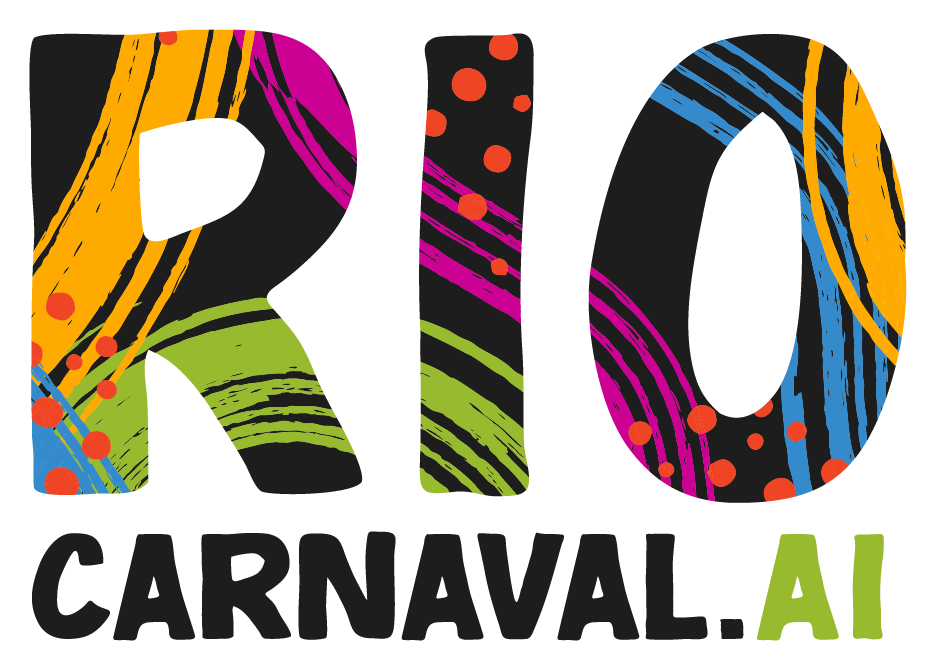
The Samba schools
In 1928, something exciting happened in the Brazilian carnival scene: the the emergence of Samba Schools. It all started with the foundation of "Deixa Falar" by the Estácio Sambistas. People were inspired by the growing popularity of Samba and wanted to create something different from the fancy Great Carnival Societies that catered to the upper class and the Cordões and Ranchos, which were more for the working-class folks.
The first-ever Samba School parade and competition happened in 1932 at Rio de Janeiro in Praça Onze. Nineteen schools participated, and the classic Escola Primeiro de Mangueira stole the show and won the forst place for the first carnival in the history.
What made Samba School parades special was the fact that they told a story and were open to everyone. You didn't need to be a professional musician to play instruments like percussion, surdo, and tambourine, you just had to try and enjoy. They also had to include a "Wing of Baianas" and leave out wind instruments. As time went on, these parades became the heart of the Carioca carnival, famous worldwide for their themed samba songs, colorful costumes, and lively dancers.
Today, these parades take place over four days at the Marquês de Sapucaí Sambadrome. Two days are for the Access Group schools, which are less famous and have fewer resources, and the other two days are for the Special Group schools, which have a more prestigious history. There's even a parade of the champions on Saturday. These parades are massive, with the Special Group schools having around 3,500 to 4,500 participants and 7 to 9 floats.
The schools are judged based on various factors, including:
1. Vanguard Commission: A group of 10-15 people that leads the school and greeting jurors and audience.
2. Allegories and Props: The design and execution of the fancy floats.
3. Evolution: How smoothly the school moves through the Sambadrome.
4. Harmony: The coordination of drum rhythms with singing.
5. Costumes: The design and execution of the parade outfits.
6. Theme: How well the parade's theme is conveyed through the design and execution.
7. Themed Samba: The music and lyrics that tell the story of the parade.
8. Mestre-Sala and Porta Bandeira: The dancing couple who carries the flag and their costumes.
9. Drums' Section: The group of drummers who keep the rhythm.
10. Other elements: Including the conductor, drum court, Passistas Wing, Baianas Wing, Old Guard Wing, lead singer, carnival designer, and directors.
The winners from the Access Group get to join the Special Group parade the following year. What's unique about these parades is that they're not put together by hired professionals. Instead, every detail is crafted by the members of the Samba Schools, who dedicate the whole year to creating one of the world's most spectacular shows. Their involvement goes beyond the parade, as they're actively engaged in their communities, working on social and cultural integration projects.
The first-ever Samba School parade and competition happened in 1932 at Rio de Janeiro in Praça Onze. Nineteen schools participated, and the classic Escola Primeiro de Mangueira stole the show and won the forst place for the first carnival in the history.
What made Samba School parades special was the fact that they told a story and were open to everyone. You didn't need to be a professional musician to play instruments like percussion, surdo, and tambourine, you just had to try and enjoy. They also had to include a "Wing of Baianas" and leave out wind instruments. As time went on, these parades became the heart of the Carioca carnival, famous worldwide for their themed samba songs, colorful costumes, and lively dancers.
Today, these parades take place over four days at the Marquês de Sapucaí Sambadrome. Two days are for the Access Group schools, which are less famous and have fewer resources, and the other two days are for the Special Group schools, which have a more prestigious history. There's even a parade of the champions on Saturday. These parades are massive, with the Special Group schools having around 3,500 to 4,500 participants and 7 to 9 floats.
The schools are judged based on various factors, including:
1. Vanguard Commission: A group of 10-15 people that leads the school and greeting jurors and audience.
2. Allegories and Props: The design and execution of the fancy floats.
3. Evolution: How smoothly the school moves through the Sambadrome.
4. Harmony: The coordination of drum rhythms with singing.
5. Costumes: The design and execution of the parade outfits.
6. Theme: How well the parade's theme is conveyed through the design and execution.
7. Themed Samba: The music and lyrics that tell the story of the parade.
8. Mestre-Sala and Porta Bandeira: The dancing couple who carries the flag and their costumes.
9. Drums' Section: The group of drummers who keep the rhythm.
10. Other elements: Including the conductor, drum court, Passistas Wing, Baianas Wing, Old Guard Wing, lead singer, carnival designer, and directors.
The winners from the Access Group get to join the Special Group parade the following year. What's unique about these parades is that they're not put together by hired professionals. Instead, every detail is crafted by the members of the Samba Schools, who dedicate the whole year to creating one of the world's most spectacular shows. Their involvement goes beyond the parade, as they're actively engaged in their communities, working on social and cultural integration projects.



